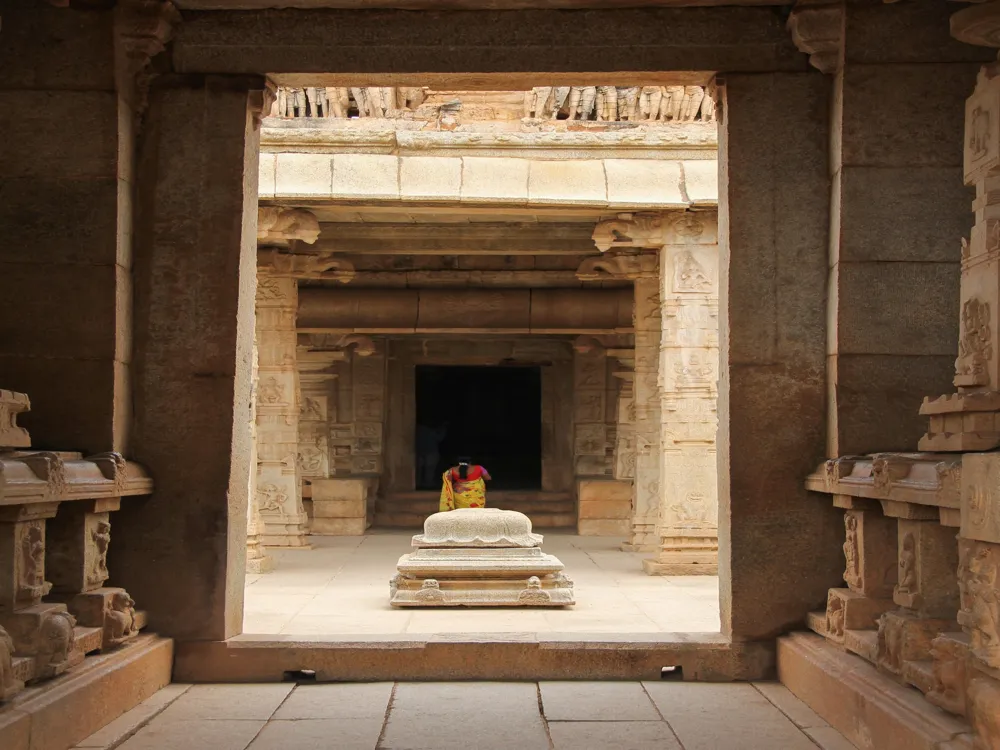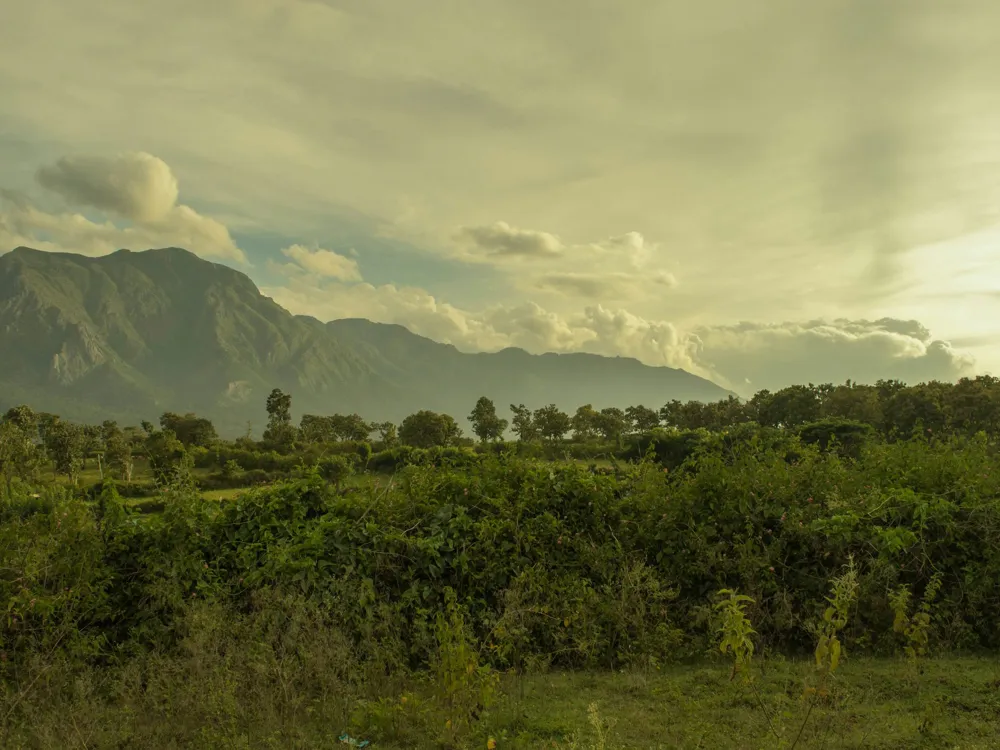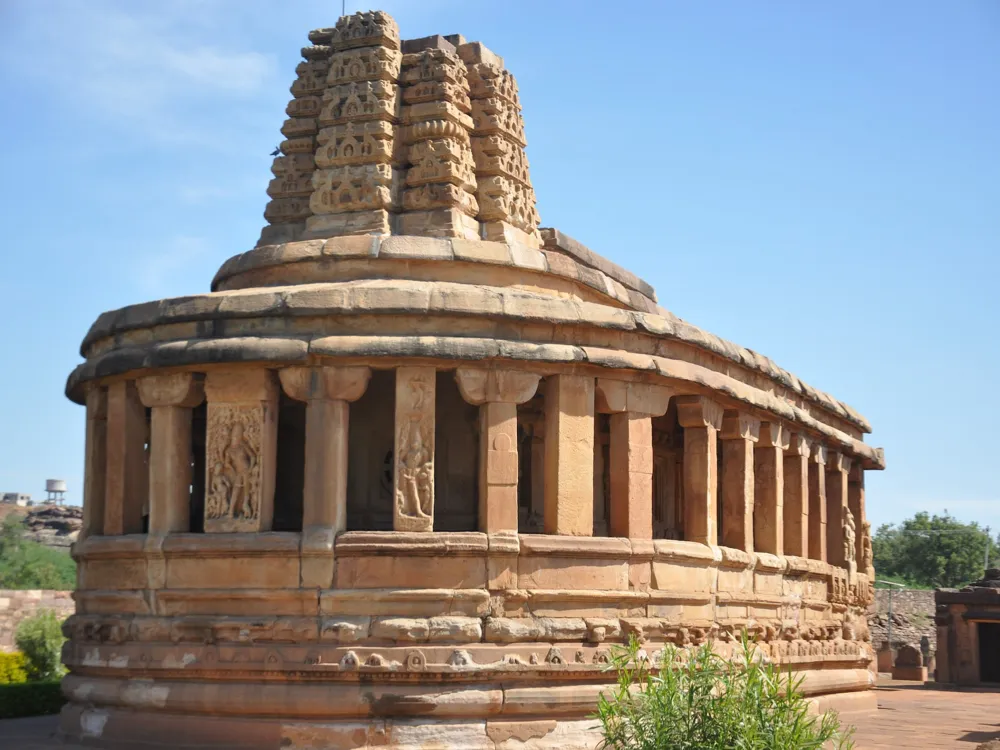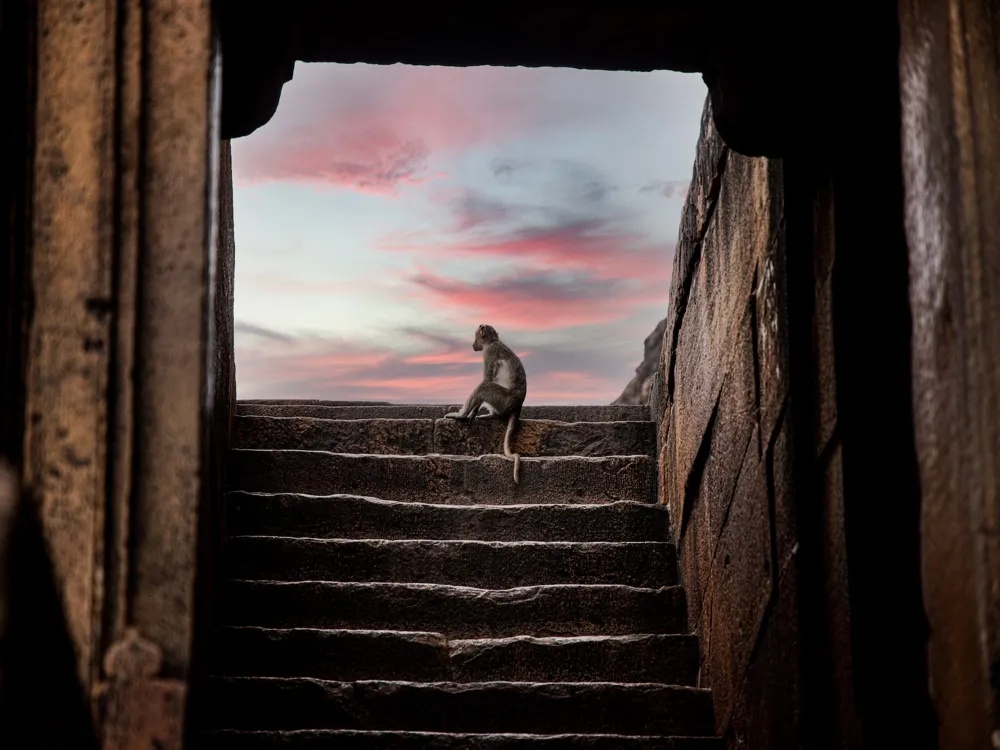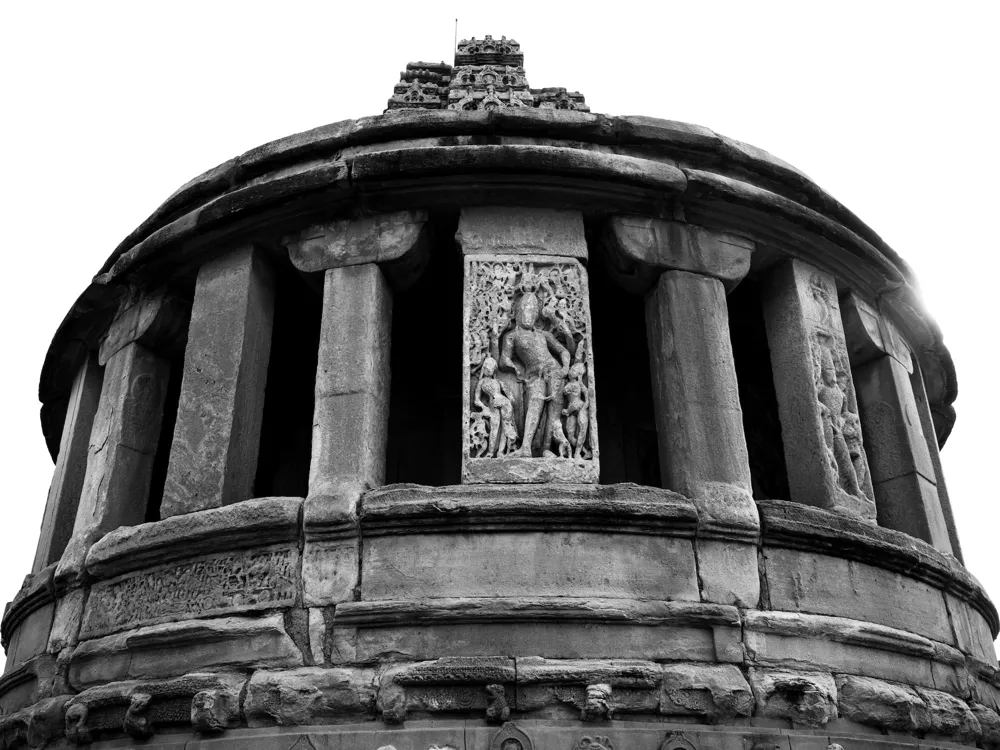Hampi, a UNESCO World Heritage Site, is a stunning historical village located in the northern part of Karnataka, India. Known for its striking ruins, Hampi is a significant reminder of the grandeur of the Vijayanagara Empire, which reached its zenith in the 14th century. This place is not just an archaeological treasure, but it's a journey back in time, offering a window into an era rich with culture, architecture, and history. Hampi's boulder-strewn landscape adds to its unique and surreal beauty, making it a must-visit destination for history enthusiasts and travelers alike. Hampi's history is deeply intertwined with the legendary Vijayanagara Empire. Founded by Harihara I and Bukka Raya I in 1336, the empire boasted immense wealth and military prowess. Hampi served as its capital, and during its peak, it was one of the largest and richest cities in the world. The city's strategic location made it a hub for trade, attracting traders from as far as Persia and Portugal. Hampi's history is not just a tale of prosperity but also of conflict and destruction, following its fall to the Deccan Muslim confederacy in 1565, leading to a significant decline and abandonment. The cultural fabric of Hampi is woven with tales of mythology, religion, and historical events. The epic Ramayana references Hampi as Kishkindha, the monkey kingdom. Its rich culture is evident in its festivals, with the most notable being the Hampi Utsav or Vijaya Utsav, a festival of dance, drama, and music, celebrating the region's history and culture. The architecture of Hampi is a testament to the artistic and technical prowess of the Vijayanagara Empire. Spread over 26 square kilometers, the Hampi ruins encompass more than 1,600 surviving remains that include temples, palaces, market streets, aquatic structures, fortifications, and an abundance of other structures. The architectural style is a harmonious blend of Hindu and Islamic styles, reflecting the diverse cultural influences of its time. Temples in Hampi are exemplary of Vijayanagara architectural style, characterized by ornate pillared halls, towering gateways, and majestic chariot structures. The Virupaksha Temple, dedicated to Lord Shiva, is the oldest and the principal temple in Hampi. This temple, along with others like the Vittala Temple and the Achyutaraya Temple, showcases intricate carvings, detailed frescoes, and grandiose monolithic sculptures, illustrating the empire's devotion to art and religion. The urban planning of Hampi reveals a sophisticated and well-thought-out layout. The royal enclosure, public areas, and the bazaars were strategically planned. Structures like the Lotus Mahal, Elephant Stables, and the Queen's Bath reflect the secular aspects of Hampi's architecture. These buildings display a fusion of Hindu and Islamic styles, indicating the cosmopolitan nature of the Vijayanagara Empire. Hampi is also renowned for its advanced hydraulic engineering. The intricate network of canals, aqueducts, and reservoirs are a testament to the engineering skills of its builders. These structures were crucial for irrigation, water supply, and sanitation, playing a significant role in the city's sustenance and prosperity. The ideal time to visit Hampi is from October to February when the weather is pleasant. Summers can be extremely hot, and the monsoon season, though beautiful, might make some areas inaccessible. Hampi offers various accommodation options, from budget stays to luxury resorts. It's advisable to book in advance, especially during peak tourist seasons and festivals. Visitors are encouraged to respect local customs and the sanctity of the monuments. It’s essential to follow guidelines like not defacing the structures and dressing modestly. Opting for a guided tour can enhance the experience as knowledgeable guides provide insights into Hampi's rich history, architecture, and mythology. Local transport options like auto-rickshaws and rented bicycles are available for getting around. Hampi is well-connected by road to major cities like Bengaluru and Hyderabad. Hampi is accessible by various modes of transportation. The nearest airport is in Bellary, about 60 kilometers away. Hospet, 13 kilometers from Hampi, is the nearest railway station. Hampi is also well-connected by road, with several buses operating from major cities like Bengaluru and Goa. The drive to Hampi is scenic, offering a glimpse into the rural landscapes of Karnataka.Overview of Hampi, Karnataka
The Rich History of Hampi
Cultural Significance
Architecture of Hampi
Temples and Religious Structures
Secular Buildings and Urban Planning
Engineering Marvels
Tips When Visiting Hampi
Best Time to Visit
Accommodation and Stay
Respecting Local Culture and Heritage
Guided Tours
Transport and Connectivity
How To Reach Hampi
Achyutraya Temple
Hampi
Karnataka
NaN onwards
View hampi Packages
Weather :
Tags : Temple
Time Required : 1 to 2 hours
Timings : From 5:30 AM – 1:00 PM and from 5:30 PM – 9:00 PM on all days of the week
Planning a Trip? Ask Your Question
Also Refered As:
Tiruvengalanatha Temple
Hampi Travel Packages
View All Packages For Hampi
Top Hotel Collections for Hampi

Private Pool

Luxury Hotels

5-Star Hotels

Pet Friendly
Top Hotels Near Hampi
Other Top Ranking Places In Hampi
View All Places To Visit In hampi
View hampi Packages
Weather :
Tags : Temple
Time Required : 1 to 2 hours
Timings : From 5:30 AM – 1:00 PM and from 5:30 PM – 9:00 PM on all days of the week
Planning a Trip? Ask Your Question
Also Refered As:
Tiruvengalanatha Temple
Hampi Travel Packages
View All Packages For Hampi
Top Hotel Collections for Hampi

Private Pool

Luxury Hotels

5-Star Hotels

Pet Friendly








